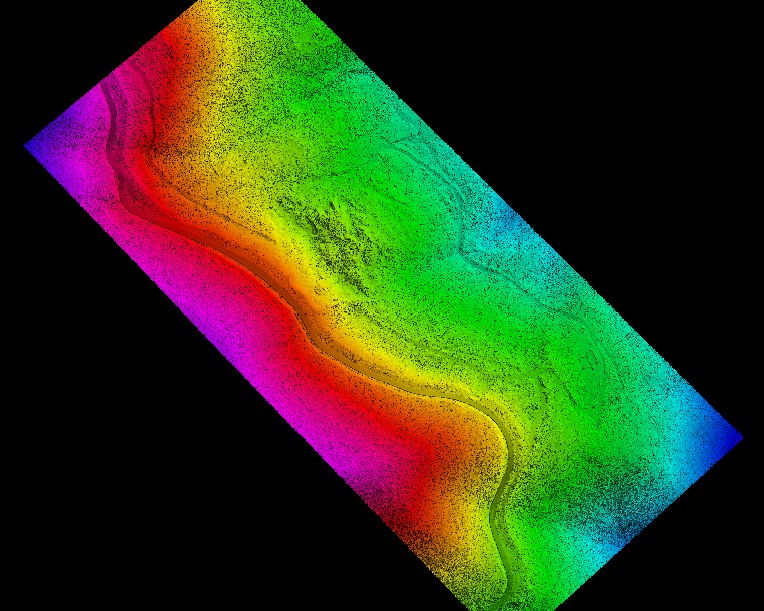DTM and DEM: Elevating Survey Accuracy
Navah Crouse, Nov 22, 2023

Understanding Digital Terrain Models (DTM) and Digital Elevation Models (DEM)
Digital Terrain Models (DTM): DTM is a representation of the bare ground surface without any features. This includes buildings, trees, or other objects. It’s a comprehensive digital model that showcases the varying elevations and contours of the terrain.
Digital Elevation Models (DEM): DEM, on the other hand, includes not only the bare ground but also any overlying objects. It offers a more detailed representation of the land. This includes all the natural and man-made features, such as trees, buildings, and other structures.
How Delta Scan’s Approach Enhances DTM and DEM Creation
Creating precise DTM and DEM models is a meticulous process that involves data collection, processing, and analysis. Delta Scan has harnessed cutting-edge technology to enhance the creation of these models in several ways:
- LiDAR Technology: Delta Scan utilizes LiDAR technology to capture highly accurate elevation data. LiDAR sensors emit laser pulses to measure the distance to the Earth’s surface. This creates a dense point cloud that represents the topography.
- High-Resolution Imagery: In combination with LiDAR, high-resolution imagery obtained through drones or other aerial platforms provides additional details to create a comprehensive model.
- Advanced Software: Delta Scan employs sophisticated software to process and analyze the collected data, creating both DTM and DEM models with precision.
- Expertise: A team of experts ensures the models are meticulously created, taking into account factors like ground control points, vegetation, and object removal for the most accurate results.
Improved Land Analysis for Planning and Construction
The enhanced DTM and DEM models generated through Delta Scan’s approach offer a plethora of benefits for land analysis in various industries:
- Construction and Engineering: Precise DTM and DEM models aid in project planning and construction by providing accurate topographical information, helping engineers make informed decisions.
- Natural Resource Management: In forestry, mining, and agriculture, these models are crucial for managing land and optimizing resource utilization.
- Environmental Studies: DTM and DEM models play a pivotal role in environmental monitoring and impact assessments.
- Urban Planning: Urban planners use these models to assess and plan infrastructure development and land use in urban areas.
In conclusion, the integration of DTM and DEM models has revolutionized the surveying field. Delta Scan’s approach, with its advanced technology and expertise, ensures the creation of highly accurate models that provide a solid foundation for improved land analysis. As the world continues to evolve, the power of precise terrain models is set to have a lasting impact on planning, construction, and the sustainable use of our land resources.